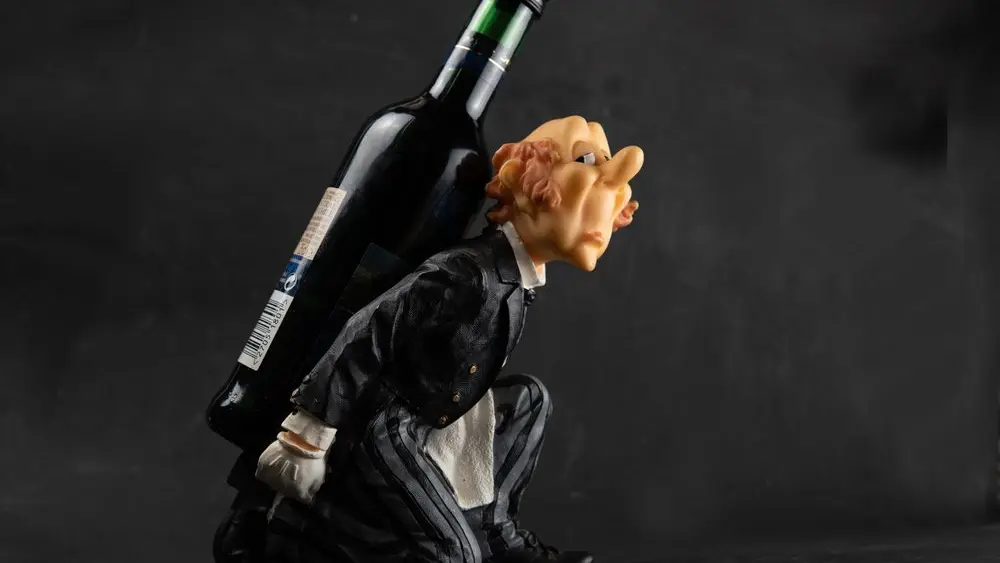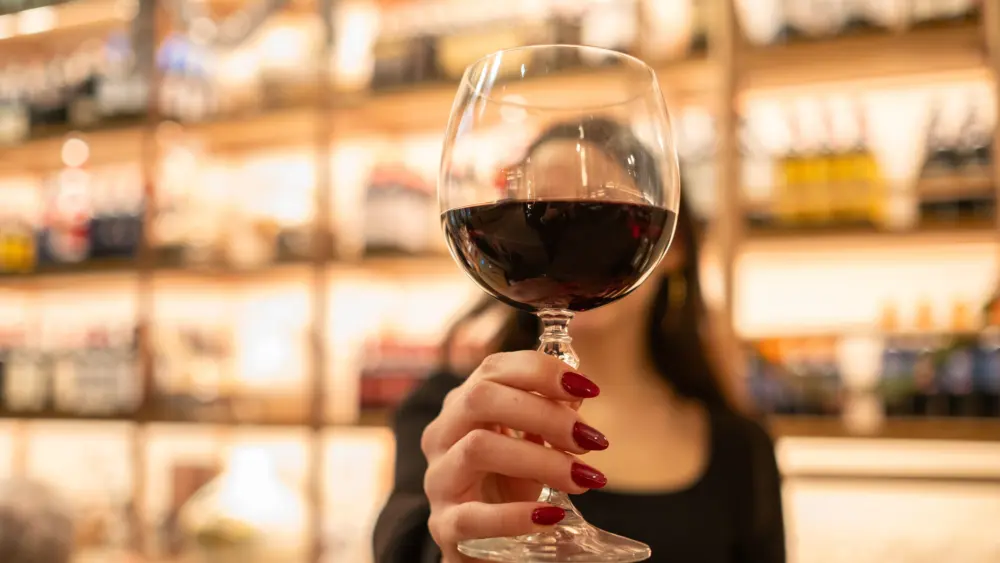Recently, craft beer has been one of the hottest new trends to hit what is being now referred to as the “relaxant market,” which includes alcoholic beverages and cannabis products. In the last 10 years, there’s been a mad rush of new entrants, as everyone and his brother seems now to be making beer. But like all booms, this one is coming quickly to a bust, where only the strong, lucky or steady will survive.
Staggering numbers
There were 89 American breweries in 1978, according to the Brewers Association website. By 2007 that number increased to 1,511, and by 2016 it topped 5,300. The San Francisco Chronicle reports that there are now well more than 900 breweries in California, with 29 new brewery licenses issued in the Bay Area between December 2016 and December 2017, bringing the total number to more than 200.
Presently, 62 percent of Americans drink alcohol. Of those, according to Gallup, in 2017, 40 percent preferred beer, which is down 3 percent from 2016, but still ahead of wine, which is now at 30 percent. Still, Americans consume more than 6 billion gallons of beer a year, which, if I’m doing the math correctly, appears to be about 20 gallons of beer for every man, woman and child in the country. If we assume that 40 percent of the American alcohol drinkers consume the majority of the beer, then they must each then drink more than 50 gallons a year, which seems a little excessive, but, hey, what do I know? The point here is that there are certainly beer drinkers out there, and they apparently are not shy with consumption. But is it enough to keep a plethora of new breweries in business? The short answer is, no.
Just as new entrants are coming into the beer marketplace, consumer sentiments are shifting away from beer and wine and toward spirits. Americans’ preference for spirits jumped from 20 percent in 2016 to more than 26 percent in 2017. Of course, this is sparking a new rush of entrants to produce everything from organically sourced, locally produced gins and vodkas to brandies made of everything from grapes to grapefruit.
The loophole
Another driver for breweries is a loophole. The cost of obtaining a license to sell spirits is costly in California, often $400,000 to nearly $1 million. However, a restaurant can skip the costly license and instead get a less-costly brew-pub license, which can run in the $30,000 to $40,000 range instead. What this means is that an eating establishment can obtain California’s Type 75 liquor license and be off to the races. Created in 1996, a Type 75 allows holders who brew a minimum of 100 barrels of beer onsite per year (a barrel contains 31 gallons) can also serve hard alcohol. The next time you go into a restaurant and they say they make their own beer onsite, you can smile knowing two things: A) the quality of the beer they make may be less the point than, B) that they now can serve a margarita or gin and tonic, too.
Of course, you’ve probably read that the biggest alcohol producers in the U.S. have been snapping up small craft breweries over the last few years, but this trend is slowing or has stopped altogether as both the demand and availability of breweries becomes satiated. You probably also know that not all craft brews are created equally. The definition of a craft brewery is that the producer must make fewer than 6 million gallons, which seems like a lot to me, but it’s a drop in the beer mug, with the entirety of these artisanal brewers making up only about 3 percent of the total market.
Losing its foam
Expect a shuttering of doors of many craft brewers in the coming years. There are just too many with too few consumers to sustain what has been a rush to beer. The producers who make it through will have to navigate a gauntlet of obstacles to survive, with some even finding a way to thrive. A few out there go beyond just making interesting beer; they’ve started to grow and malt their own grains, source locally grown hops and even make the beer with water from local wells. At the moment these hyper-local beers are finding both a voice and an audience — and maybe that will be enough.
Author
-

Tim Carl lives, writes and teaches in Calistoga. He grew up in St. Helena and traces his Calistoga grape-growing roots back five generations. You can reach him at tcarl@northbaybiz.com.
View all posts




